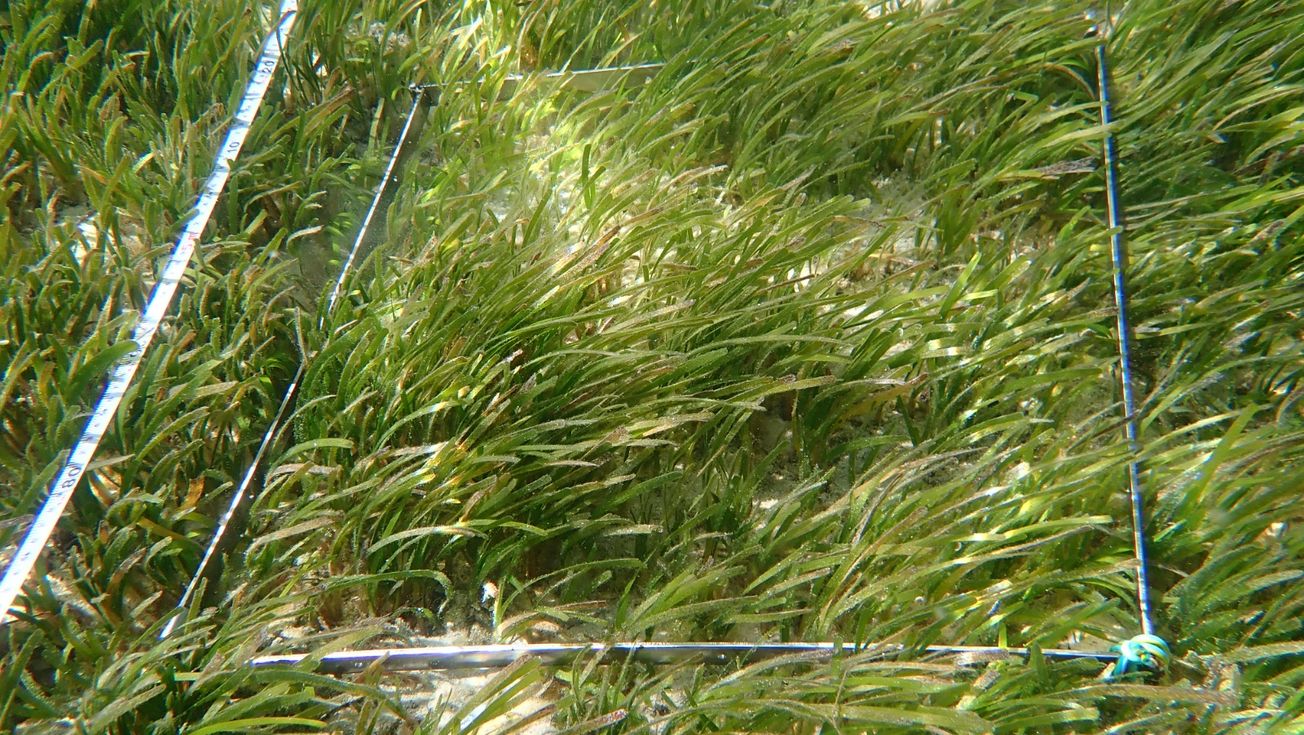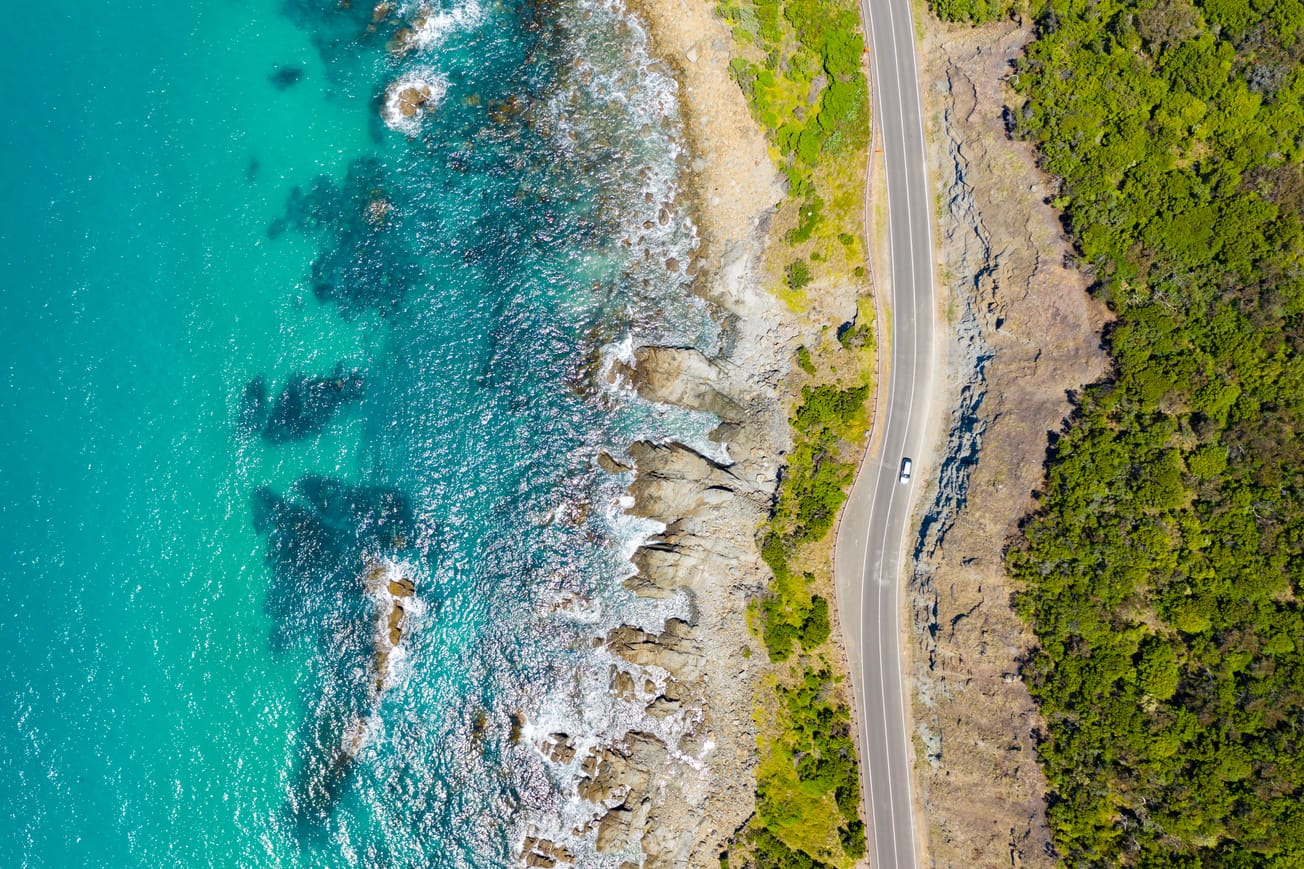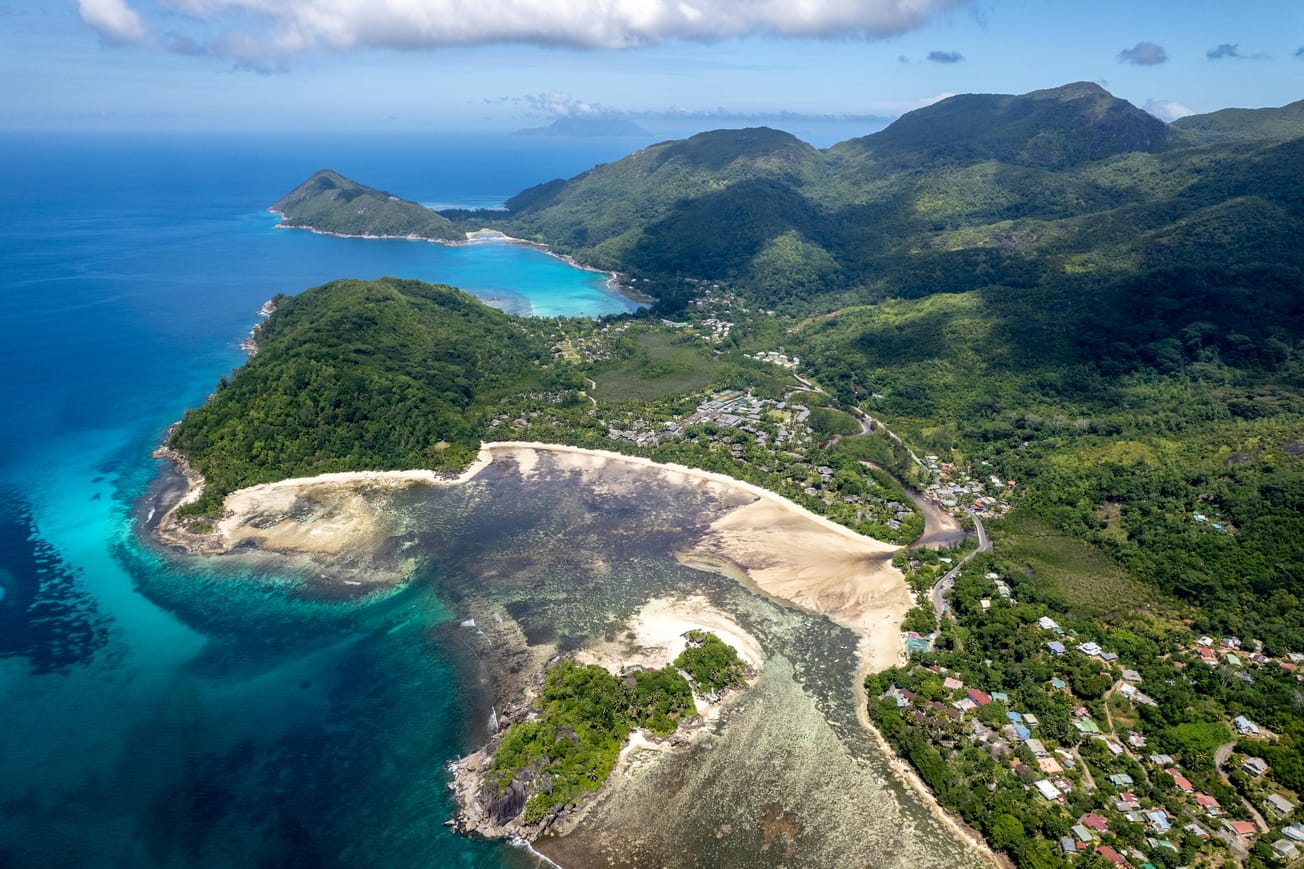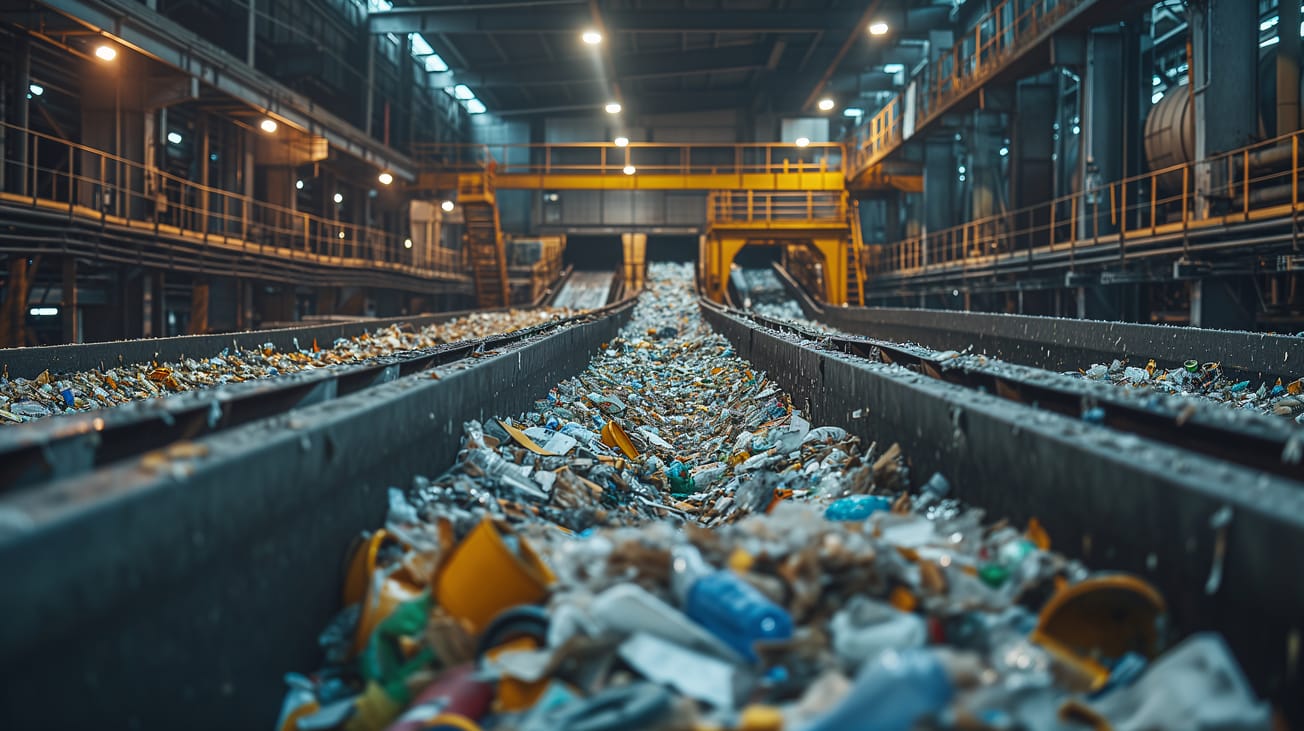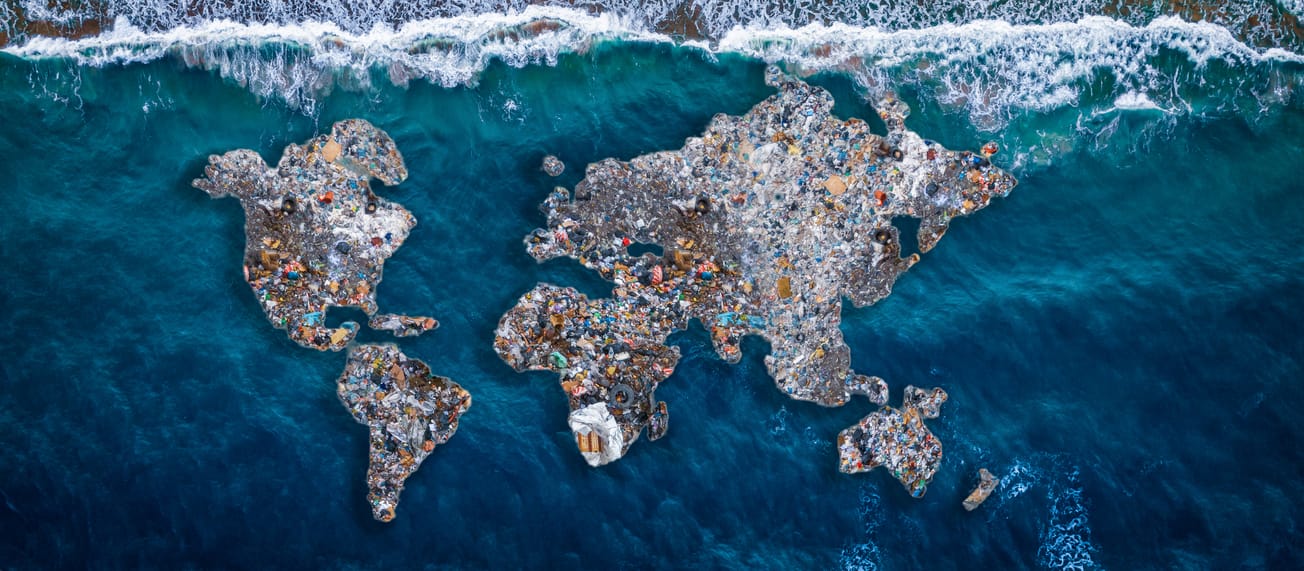Blue carbon ecosystems
‘Blue carbon’ is carbon sequestered or stored by coastal and marine ecosystems (NOAA). These blue carbon ecosystems span approximately 36-185 million hectares and have the potential to store a significant amount of carbon, ranging from 8,970 to 32,650 Tg (teragrams) (Macreadie et al., 2021), which is 2-4 times more carbon per hectare compared to terrestrial forests. In fact, large-scale restoration of these ecosystems can potentially remove the equivalent of 3% of annual global greenhouse gas emissions by 2030 (Macreadie et al., 2021).
Additionally, blue carbon ecosystems provide other valuable ‘co-benefits’ including maintaining biodiversity (serving as critical nursery and breeding grounds for commercial fish, habitat for threatened marine species, and feeding and staging areas for migratory birds) (Blasiak et al., 2017), water purification, coastline protection against flooding and erosion, and locations for tourism, recreation, and cultural and religious activities (Moore and Schindler, 2022).
Recognising the immense contribution of blue carbon ecosystems to coastal communities’ livelihood and broader societal wellness and wealth benefits, blue carbon has been introduced to the carbon market, enabling the trading of "blue carbon credits” that can be used to scale investment in their protection and preservation. Already there are internationally recognized blue carbon accounting methodologies, as outlined in the IPCC Wetlands Supplement (IPCC 2013), for tidal marshes, mangroves, and seagrass meadows with plans to include other emerging blue carbon ecosystems, such as kelp forests, under actionable approaches in the future.
Despite their immense contribution, blue carbon ecosystems are facing accelerated degradation and destruction. For instance, the global rate of mangrove loss is estimated at 1–2% per year, reaching 35% during the last 20 years (Carugati et al., 2018). When these ecosystems are destroyed, the carbon previously stored is released. Studies estimate that over 1 billion tons of CO2 are emitted annually due to the degradation of coastal ecosystems (Rosentreter et al., 2023).
Protecting existing blue carbon ecosystems could help avoid the emission of 304 Tg of carbon dioxide equivalent per year.
Accordingly, safeguarding blue carbon ecosystems becomes increasingly important in light of global commitments to reduce greenhouse gas emissions under the Paris Agreement and protect biodiversity through initiatives like the Kunming-Montreal Global Biodiversity Framework.
Queue the launch of the Blue Carbon Handbook
Today the Ocean Panel, an initiative established in 2018 to advance a sustainable and equitable ocean economy, launched the Blue Carbon Handbook: Blue carbon as a nature-based solution for climate action and sustainable development. This project was commissioned to support the achievement of the Ocean Panel’s goal that, by 2030, ‘marine and coastal ecosystems are healthy, resilient, and productive and nature-based solutions are key elements in developing coastal infrastructure’.
This report, produced in collaboration with the International Partnership for Blue Carbon and the Blue Carbon Initiative is co-authored by three colleagues from the University of New South Wales’s Sustainable Development Reform Hub and will be presented by the hub’s director, Ben Milligan, at the official Handbook launch for the Asia-Pacific region (register to attend here).
The handbook draws from the latest science and on-ground experience to share perspectives on blue carbon projects, the gaps and challenges encountered and potential solutions to support the advancement of blue carbon management as a nature-based solution for climate action and sustainable development.
Following a holistic approach, this key information is distilled for non-specialist audiences including national, subnational and international governments, stakeholders, local communities and small-scale fisheries, NGOs and academia, and the importance of including these groups in the establishment and maintenance of such projects is recognised.
This handbook has also built on previous work, such as the manual Coastal Blue Carbon: methods for assessing carbon stocks and emissions factors in mangroves, tidal salt marshes, and seagrass meadows (Howard et al., 2014).
5 Takeaways from the Blue Carbon Handbook
- Sustainable management of blue carbon ecosystems offers a range of environmental, social, and economic co-benefits. Various financing approaches, such as market-based or non-market methods, like blue bonds or development banks, can be employed for implementation.
- Governments can drive the advancement of blue carbon projects by providing clear policy signals, aligning funding sources, and establishing the necessary incentives for action.
- Coastal blue carbon ecosystems have the potential to address climate change and biodiversity loss simultaneously. Important international policy agreements and frameworks such as the UN Framework Convention on Climate Change (UNFCCC), the UN Convention on Biological Diversity (CBD), and Ramsar acknowledge the significance of blue carbon ecosystems in addressing these interconnected challenges. The national commitments described in such frameworks, such as nationally determined contributions (NDCs) for the Paris Agreement or national biodiversity strategies and action plans (NBSAPs) for the Kunming-Montreal Global Biodiversity Framework, can serve as demonstrations of government priorities and expedite action, especially when recognising the multiple benefits of coastal ecosystems.
- Adherence to good practices and principles, such as those outlined in the report, fosters trust among local communities, national and local governments, and other stakeholders.
- Inclusive and equitable collaboration among government entities, international organisations, scientific institutions, the private sector, and local communities is vital to the success of blue carbon initiatives.
Blue carbon in action: empowering change for climate and biodiversity
The sustainable management of blue carbon ecosystems has the potential to simultaneously tackle multiple global challenges, such as climate change adaptation and mitigation, biodiversity loss, and local livelihood support. The Blue Carbon Handbook is a valuable resource for policymakers and implementers, offering guidance on tools, partnerships, and effective strategies to implement blue carbon actions at national and local levels while ensuring environmental and social integrity.
The handbook emphasises the importance of considering holistic approaches encompassing co-benefits, innovative financial mechanisms, adaptation, resilience, biodiversity, and livelihoods, alongside carbon markets to bridge the financing gap and promote equitable and high-quality blue carbon projects. Collaboration among governments, international organisations, scientific institutions, private sector actors, and local communities is crucial for successfully implementing blue carbon initiatives and maximising their multiple benefits.
Addressing key challenges, filling knowledge gaps, and implementing supportive measures are essential to advance nature-based solutions like blue carbon. This includes investing in research, policy development, capacity building, and financial mechanisms to improve project design, implementation, financing, and monitoring. It also involves incorporating local communities' knowledge and priorities, strengthening participatory processes, and promoting stakeholder engagement. Standardised methodologies for measurement, verification, and reporting, as well as the integration of economic valuation of ecosystem services, metrics for measuring adaptation, resilience, and biodiversity outcomes, and including scientific evidence and local expertise, are crucial.
By embracing collaborative efforts, we can harness the full potential of blue carbon and other nature-based solutions to address climate change, biodiversity loss, and the diverse needs of both people and nature.
Authors: Ben Milligan, Director at GOAP, Eliza Northrop, Director at Sustainable Development Reform Hub, Taina Goncalves Loureiro, senior research associate, GOAP and Bella Charlesworth, Communications Officer, Sustainable Development Reform Hub.
Watch the recording
Asia Pacific Event
Europe, Africa, Americas Event
References
Bertram, C., Quaas, M., Reusch, T.B.H., Vafeidis, A.T., Wolff, C., Rickels, W., 2021. The blue carbon wealth of nations. Nature Climate Change 2021 11:8 11, 704–709. https://doi.org/10.1038/s41558-021-01089-4
Blasiak, R., Spijkers, J., Tokunaga, K., Pittman, J., Yagi, N., Österblom, H., 2017. Climate change and marine fisheries: Least developed countries top global index of vulnerability. PLoS One 12, e0179632.
Carugati, L., Gatto, B., Rastelli, E., Lo Martire, M., Coral, C., Greco, S., Danovaro, R., 2018. Impact of mangrove forests degradation on biodiversity and ecosystem functioning. Sci Rep 8, 13298. https://doi.org/10.1038/s41598-018-31683-0
Howard, J., Hoyt, S., Isensee, K., Pidgeon, E., Telszewski, M. (eds.), 2014. Coastal Blue Carbon: Methods for assessing carbon stocks and emissions factors in mangroves, tidal salt marshes, and seagrass meadows. Conservation International, Intergovernmental Oceanographic Commission of UNESCO, International Union for Conservation of Nature. Arlington, Virginia, USA
Macreadie, P.I., Costa, M.D.P., Atwood, T.B., Friess, D.A., Kelleway, J.J., Kennedy, H., Lovelock, C.E., Serrano, O., Duarte, C.M., 2021. Blue carbon as a natural climate solution. Nature Reviews Earth & Environment 2, 826–839. https://doi.org/10.1038/S43017-021-00224-1
Moore, J.W., Schindler, D.E., 2022. Getting ahead of climate change for ecological adaptation and resilience. Science 376, 1421–1426. https://doi.org/10.1126/science.abo3608
Rosentreter, J.A., Laruelle, G.G., Bange, H.W., Bianchi, T.S., Busecke, J.J.M., Cai, W.-J., Eyre, B.D., Forbrich, I., Kwon, E.Y., Maavara, T., Moosdorf, N., Najjar, R.G., Sarma, V.V.S.S., Van Dam, B., Regnier, P., 2023. Coastal vegetation and estuaries are collectively a greenhouse gas sink. Nat. Clim. Chang. 13, 579–587. https://doi.org/10.1038/s41558-023-01682-9


